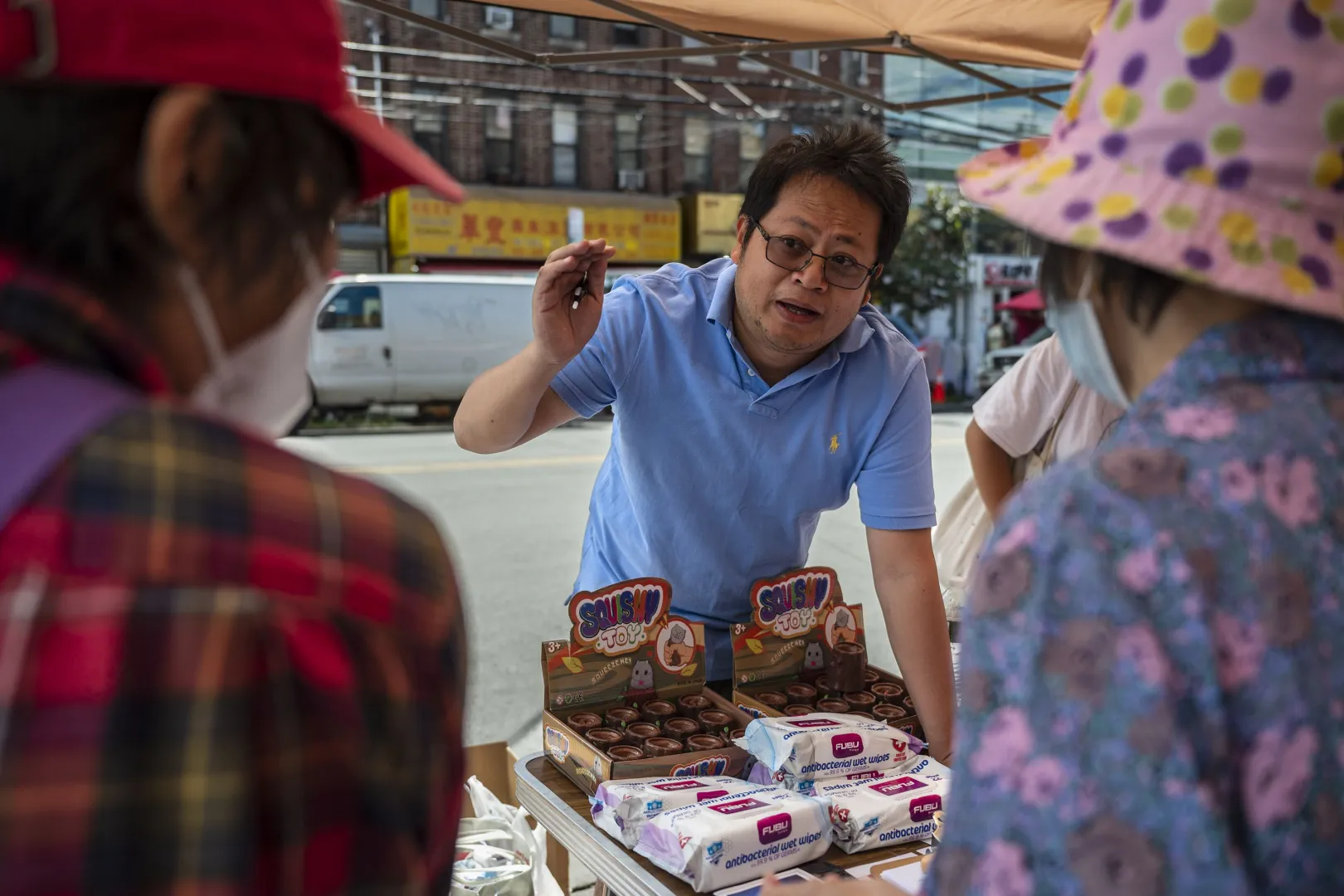Brooklyn could get a majority Asian council district — and some Asian groups are objecting
Asian American groups are divided over how best to build lasting power, as a city redistricting commission gears up to meet this weekend in Brooklyn.

 This article was originally published on by THE CITY
This article was originally published on by THE CITY
When more than a dozen Chinese community leaders in Sunset Park gathered at a meeting at the end of July, they knew there was opposition in the community to their own strong support for the creation of Brooklyn’s first City Council district with a majority Asian population.
They thought objections to the proposed 43rd District drafted by the city’s Districting Commission would come only from a couple of current Council members whose existing districts would be chopped up, making it harder for both to get reelected.

Brooklyn Boro
View MoreNew York City’s most populous borough, Brooklyn, is home to nearly 2.6 million residents. If Brooklyn were an independent city it would be the fourth largest city in the United States. While Brooklyn has become the epitome of ‘cool and hip’ in recent years, for those that were born here, raised families here and improved communities over the years, Brooklyn has never been ‘uncool’.